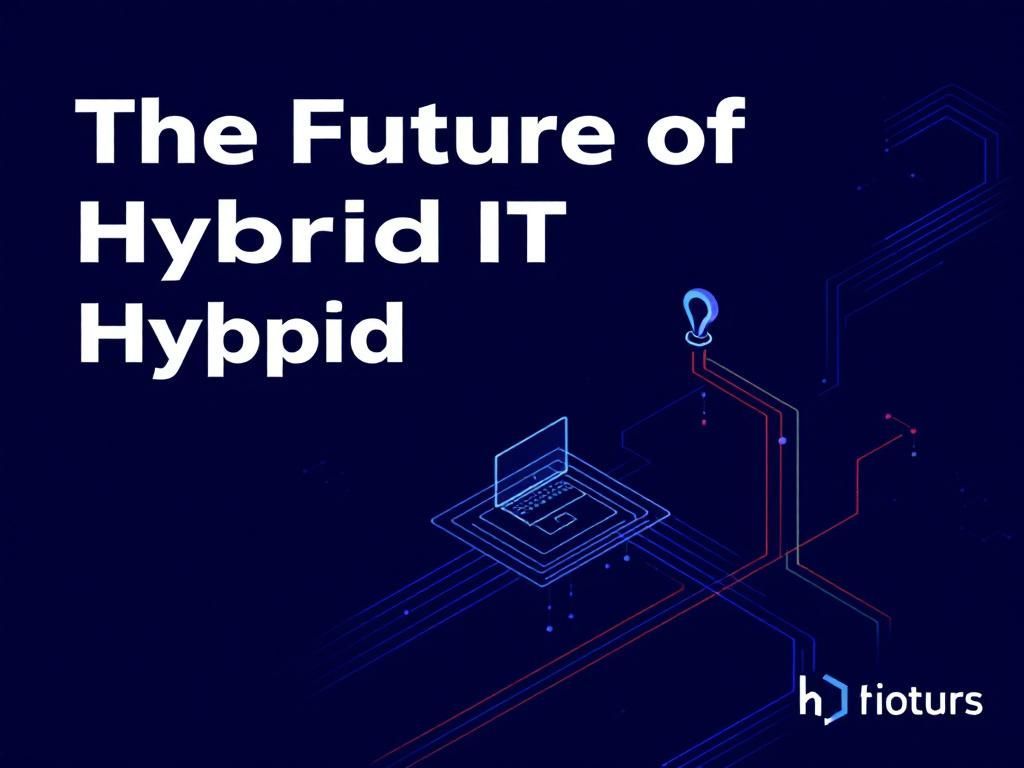Mastering On-Premise vs Cloud Support: Best Practices
Explore essential strategies to effectively manage both on-premise and cloud support systems for your business.

In today’s fast-paced digital environment, organizations face the ongoing challenge of managing their IT infrastructure. With the rise of cloud computing, businesses are often torn between traditional on-premise systems and modern cloud solutions. This article delves into the intricacies of mastering both on-premise and cloud support, shedding light on their unique advantages, potential drawbacks, and best practices for seamless integration.
Table of Contents
Understanding On-Premise Support
On-premise support refers to the setup where hardware and software are installed and managed within the organization’s physical location. This approach has been the standard for many years, offering a range of benefits, including:
- Control: Organizations maintain full control over their infrastructure, data security, and compliance with regulations.
- Customization: On-premise solutions can be tailored specifically to meet an organization’s unique requirements.
- Performance: Reduced latency and higher speeds due to direct connections to servers.
Challenges of On-Premise Support
Despite its benefits, on-premise support comes with its own set of challenges:
- Higher Initial Costs: The upfront investment for hardware and software can be substantial.
- Maintenance Overheads: Regular updates and maintenance require dedicated IT staff and resources.
- Scalability Issues: Scaling infrastructure can be difficult and costly, requiring additional hardware purchases.
Diving into Cloud Support
Cloud support, on the other hand, allows organizations to leverage remote servers hosted on the internet. This model has rapidly gained popularity due to its flexibility and efficiency. Some key advantages include:
- Cost-Effectiveness: Lower upfront costs and the ability to pay-as-you-go.
- Scalability: Easily scale resources up or down based on demand.
- Accessibility: Access to applications and data from anywhere with an internet connection.
The Drawbacks of Cloud Support
While cloud solutions offer many benefits, there are also drawbacks to consider:
- Data Security Concerns: Storing sensitive data off-site can create security vulnerabilities.
- Downtime Risks: Reliance on internet connectivity means potential service outages could disrupt access to critical applications.
- Compliance Challenges: Organizations must ensure that cloud providers comply with regulations relevant to their industry.
Best Practices for Managing Hybrid Environments
Many organizations find themselves in a hybrid environment, utilizing both on-premise and cloud solutions. To effectively manage this setup, consider the following best practices:
1. Establish Clear Policies
Develop a comprehensive set of policies that delineate the responsibilities of IT staff regarding both on-premise and cloud support. This includes:
- Data management procedures
- Security protocols
- Incident response plans
2. Leverage Automation Tools
Utilize automation tools to streamline operations and reduce manual errors. Automation can enhance:
- Provisioning of resources
- Monitoring and alerting
- Backup and recovery processes
3. Regular Training and Development
Ensure that your IT team stays updated with the latest technologies and best practices by providing regular training sessions. Topics should include:
- Cloud management
- Data security practices
- Compliance measures
4. Regular Assessments and Audits
Conduct regular assessments of both infrastructures to identify vulnerabilities and areas for improvement. This includes:
- Performance evaluations
- Security audits
- Cost analysis
Choosing the Right Support Model
Deciding between on-premise and cloud support is not a one-size-fits-all solution. Organizations must consider various factors, including:
| Factor | On-Premise | Cloud |
|---|---|---|
| Cost | High initial investment | Lower upfront costs |
| Control | Full control over data | Less control over infrastructure |
| Scalability | Difficult to scale | Easy to scale |
| Accessibility | Limited to the organization | Accessible from anywhere |
Conclusion
Mastering on-premise and cloud support requires understanding the strengths and weaknesses of each approach. By implementing best practices, leveraging automation, and adjusting to the evolving technological landscape, organizations can create a robust IT environment that meets their unique needs. Whether you choose to embrace the cloud, stick with on-premise, or adopt a hybrid model, the critical element is ensuring that your IT support is efficient, secure, and aligned with your business goals.
FAQ
What is the difference between on-premise and cloud support?
On-premise support involves managing and maintaining software and hardware systems within an organization’s physical location, while cloud support refers to managing services and applications hosted on remote servers accessed via the internet.
What are the benefits of using cloud support?
Cloud support offers scalability, cost-effectiveness, automatic updates, and accessibility from anywhere with an internet connection, allowing businesses to adapt quickly to changing needs.
How do I choose between on-premise and cloud support for my business?
Choosing between on-premise and cloud support depends on factors like budget, required control over data, compliance needs, and the level of technical expertise available in-house.
Can I integrate on-premise systems with cloud solutions?
Yes, many organizations successfully integrate on-premise systems with cloud solutions using APIs and hybrid models to leverage the benefits of both environments.
What security measures should I consider for cloud support?
When using cloud support, consider encryption, access controls, regular security audits, compliance with regulations, and choosing reputable cloud service providers with strong security protocols.
Is on-premise support more secure than cloud support?
On-premise support can offer more control over security measures, but it also requires organizations to manage all aspects of security themselves. Cloud support can provide advanced security features managed by providers, often making it equally or more secure.








